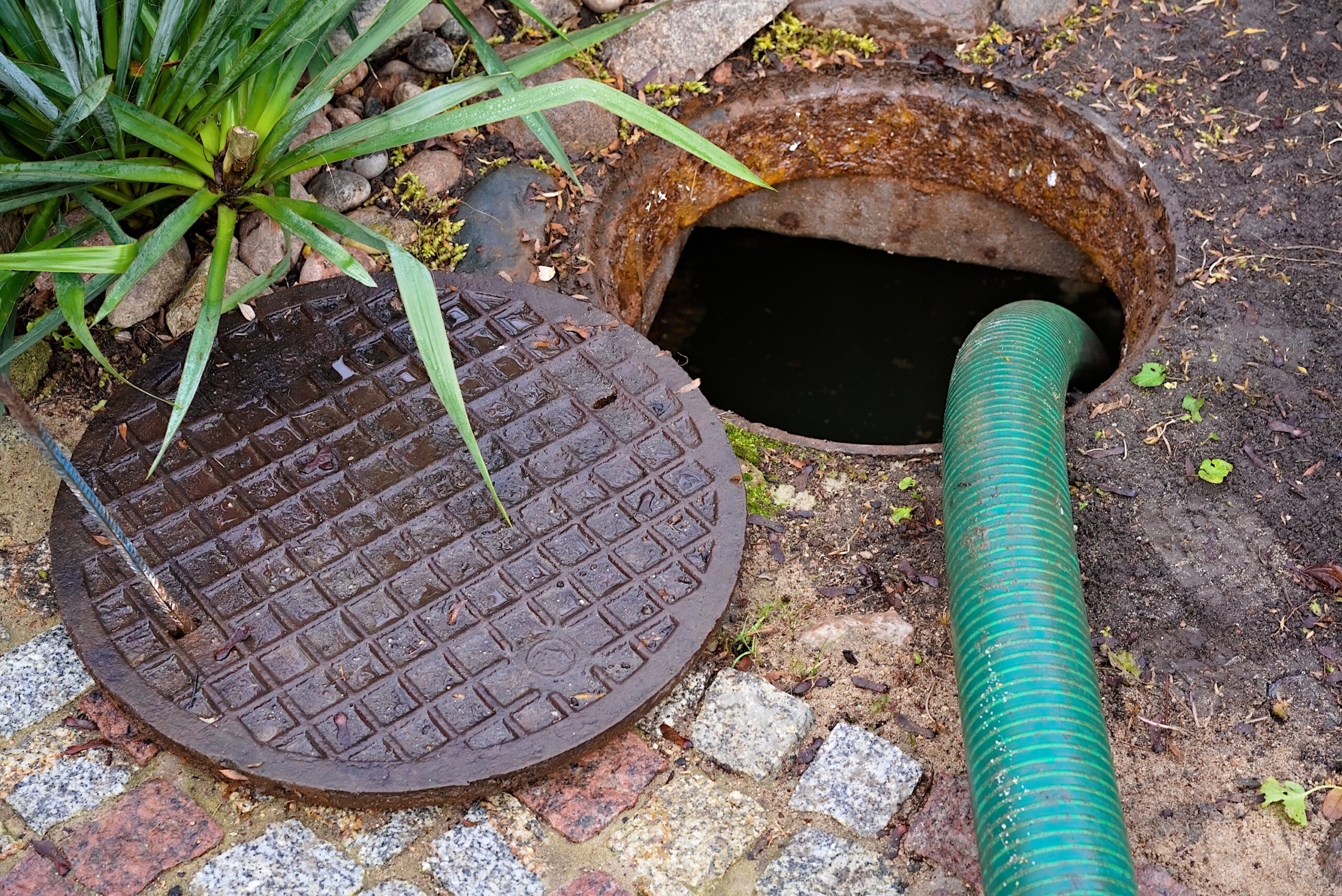Many homeowners will own their septic system for years. It will simply be too expensive for their local wastewater treatment facility to expand to include them. Fortunately, the septic system, when combined with septic aeration, is an alternative that will keep their existing septic system operating more effectively than ever for years into the future.
Anaerobic septic systems are, by design, doomed to fail, on average, every 15 years. This is because anaerobic bacteria in the septic tank will only reduce the incoming TSS around 67 percent and BOD5 by 23 percent (these figures are based on taking the average values from tables 3-7 and 3-19 of EPA 625/R-00/008).
These values mean that the drainfield will become clogged with unprocessed organic matter and anaerobic bacteria. Eventually, the drainfield holds water like a holding tank; water no longer passes back into the water table. The only way water can leave these systems is to evaporate or spill over to ground adjacent to the drainfield.
When a septic system undergoes a controlled aeration conversion process, aerobic bacteria become the dominant bacteria in the ecosystem in the septic tank. By comparison to anaerobic bacteria, the aerobic bacteria will consume 70 to 80 percent more organic matter inside of the septic tank, dramatically reducing the amount that can leave and enter the drainfield.
What organic matter that does leave the tank is accompanied by aerobic bacteria and dissolved oxygen. The aerobic bacteria continue to feast on the organic material in the drainfield until it is consumed, removing the clog and restoring permeability. Once permeability is restored, the septic system can function as if it were just installed.
Controlled septic system aeration is an economical alternative to system replacement. It can postpone replacement indefinitely, depending on the system and whether or not septic system best practices are implemented. Furthermore, many homes on septic systems lie too far from wastewater treatment facilities to make annexation feasible. Given the current economic conditions, it will be years before expansions will be considered or can be afforded.
The next question is: can septic system aeration evolve to make wastewater treatment plants obsolete while still being economical? Improvements are constantly being made and new technologies are emerging. In the future, it could be possible that septic systems may supplant some municipal treatment facilities.











